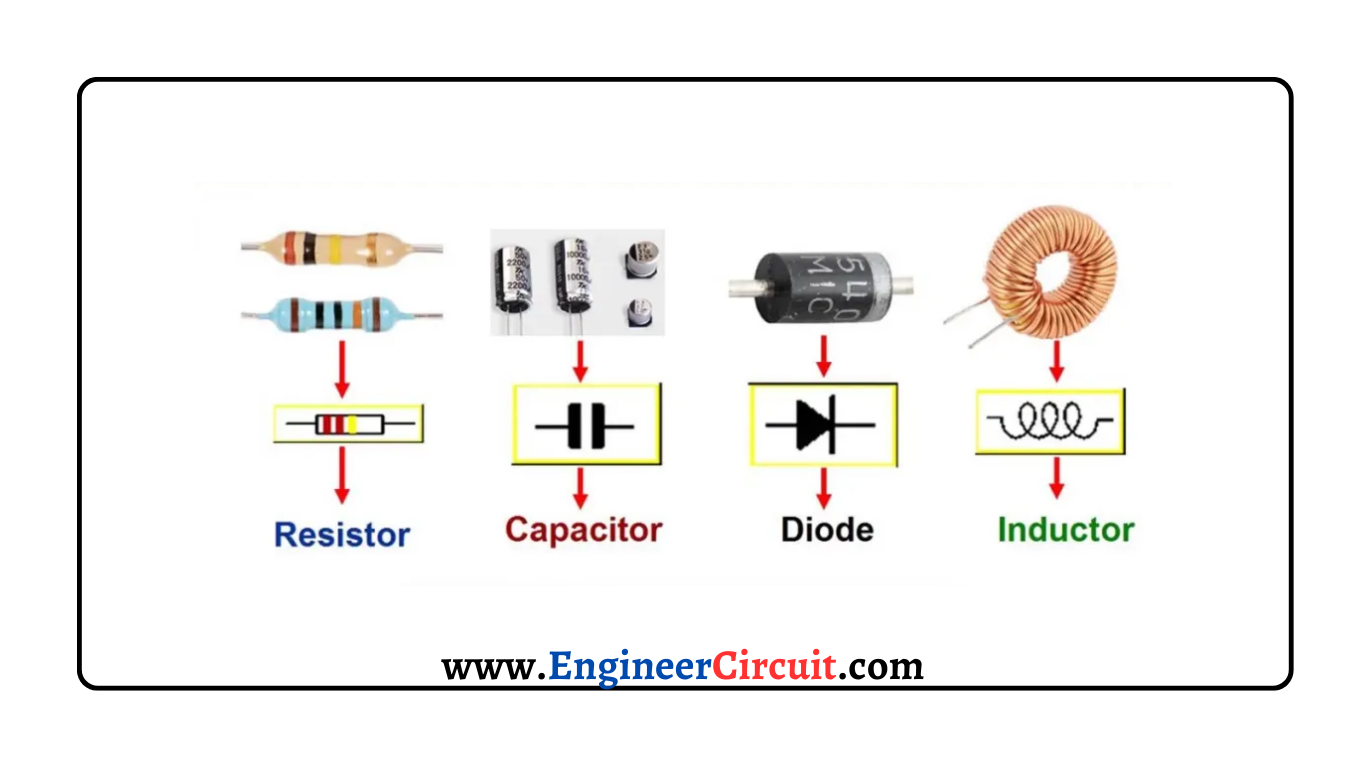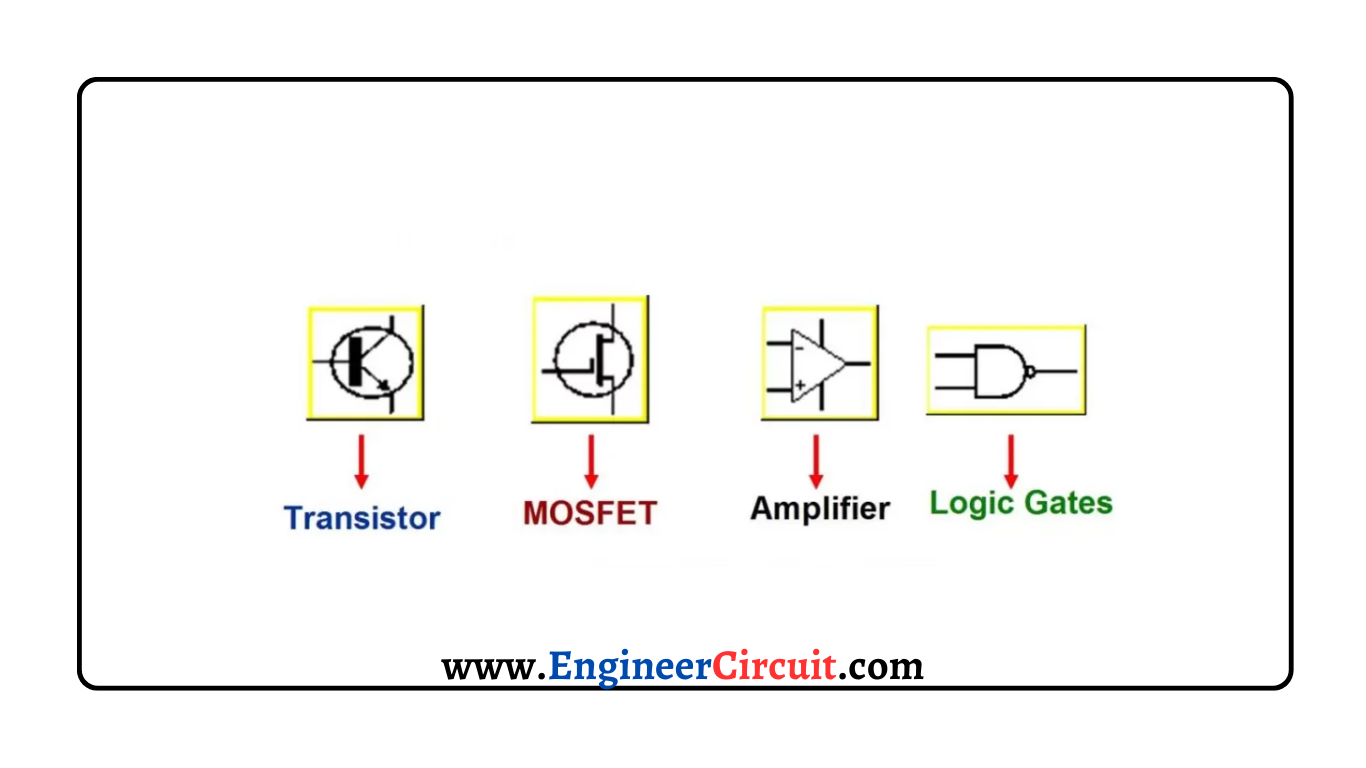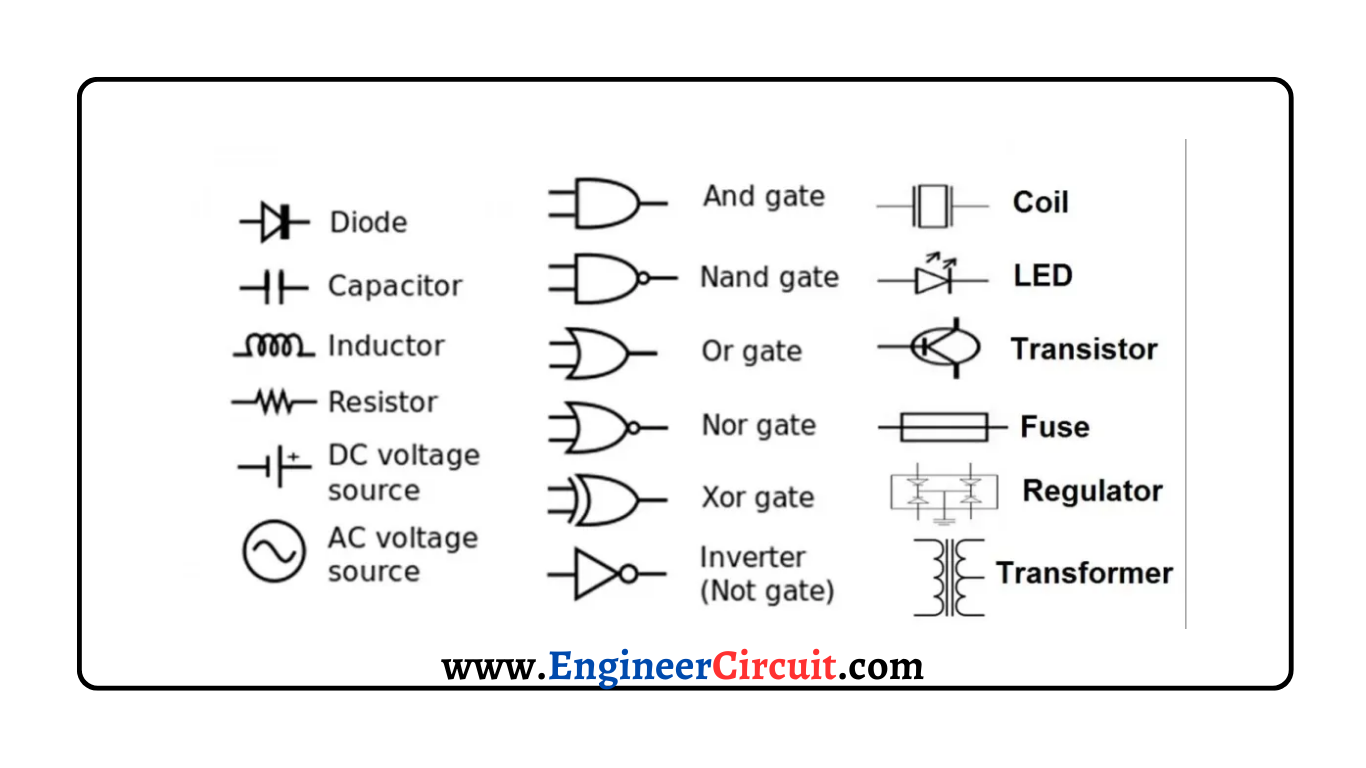How Electronic Components Work
Electronic devices and parts, known as Basic Electronic Components, play a vital role in the functioning of modern technology. These components are typically packaged in a discrete form with two or more connecting leads or metallic pads. They are designed to be interconnected, usually by soldering to a Printed Circuit Board (PCB), creating electronic circuits with specific functions such as amplifiers, radio receivers, oscillators, and wireless devices.
Types of Electronic Components
Electronic components can be classified into two main types: Passive and Active Components. Additionally, both types of components can be categorized as Through-Hole or Surface Mount Device (SMD) components.
1. Passive Components
Passive components are electrical elements that do not possess gain or directionality. They are also referred to as electrical components. The following are examples of passive components:
- Resistors
- Capacitors
- Diodes
- Inductors

2. Active Components
Active components, on the other hand, exhibit gain or directionality and actively control the flow of electrical signals. Some examples of active components include:
- Transistors
- Integrated Circuits (ICs)
- Logic Gates

The distinction between active and passive components lies in their ability to amplify or control electrical signals.
Below is a comparison between active and passive components:
| Active Components | Passive Components |
|---|---|
| Light Emitting Diode (LED) | Resistor |
| Transistor | Capacitor |
| Integrated Circuit (IC) | Inductor |
| Battery | Circuit Breaker |
| Relay (Can also be used as Passive) | Fuse |
| Diode | Switch |
| Solar Cell | Transformer |
| Current Sensor | Electrical Wires & Power Cables |
| SMD Components | Motor |
Function of Basic Electronic Components
Understanding the functions of basic electronic components is essential for anyone working with electronic circuits. Let’s take a look at some of these components and their respective roles:
- Terminals and Connectors: These components facilitate electrical connections between various elements of a circuit.
- Resistors: Resistors are used to impede the flow of current in a circuit, controlling the amount of resistance encountered by the electrical current.
- Switches: Switches can be either open or closed to control the conduction of current within a circuit.
- Capacitors: Capacitors store electrical charge in an electrical field, providing temporary energy storage and filtering in electronic circuits.
- Magnetic or Inductive Components: These components utilize magnetism in their operation, such as inductors that store energy in a magnetic field.
- Network Components: These components combine multiple types of passive components to achieve specific circuit functions.
- Piezoelectric devices, crystals, resonators: These passive components utilize the piezoelectric effect to convert mechanical pressure into electrical energy or generate precise frequencies.
- Semiconductors: These electronic control parts, with no moving components, enable precise control and manipulation of electrical signals.
- Diodes: Diodes are components that conduct electricity in only one direction, allowing current flow in a circuit while blocking it in the opposite direction.
- Transistors: Transistors are semiconductor devices capable of amplifying electrical signals, making them fundamental in various applications, including amplifiers and digital circuits.
- Integrated Circuits or ICs: These microelectronic computer circuits, incorporated into chips or semiconductors, contain multiple components and functions within a single unit, serving as the foundation for complex electronic systems.
Circuit Symbols of Electronic Components

Electronic components are represented by specific circuit symbols in schematic diagrams, providing a standardized visual representation for engineers and technicians. These symbols aid in the understanding and design of electronic circuits.
In conclusion, basic electronic components are the building blocks of modern technology. They encompass both passive and active components, each with its own distinct function in electronic circuits. Understanding the roles and characteristics of these components is essential for anyone involved in electronics and technology-driven industries. By harnessing the power of these components, we can continue to drive innovation and push the boundaries of what is possible in the world of technology
What are the main differences between chip packaging and chip fabrication?